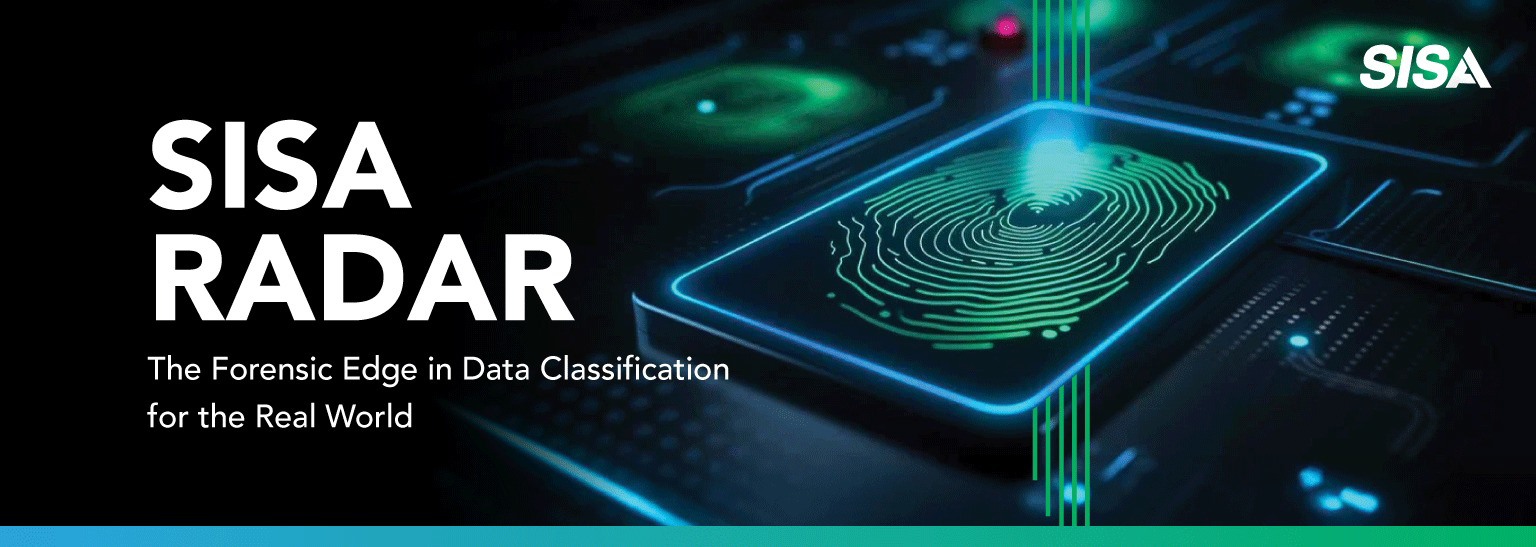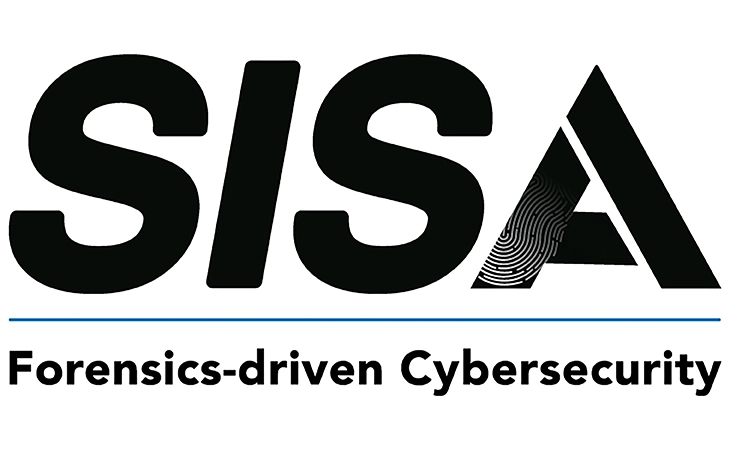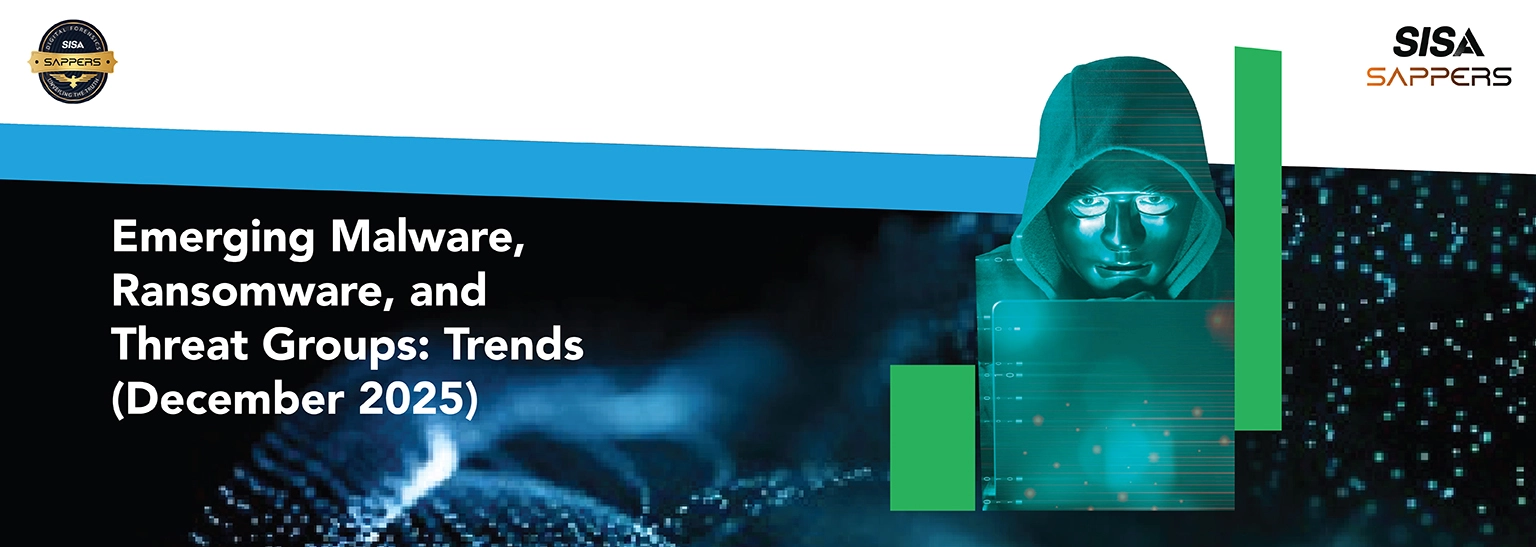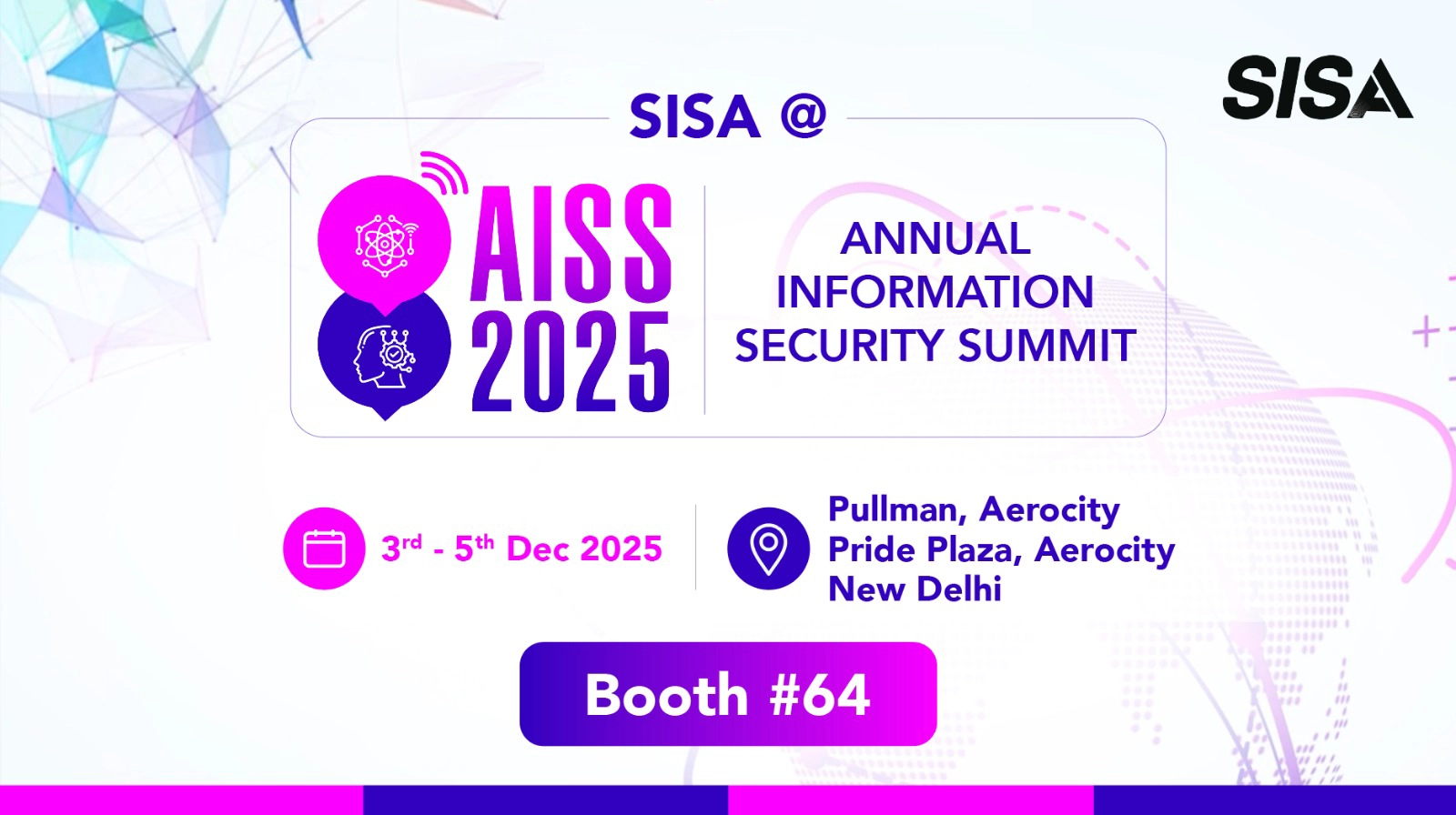As generative AI accelerates enterprise transformation, adversaries are evolving new methods to manipulate, exploit, and weaponize large language models. Traditional penetration testing cannot address prompt injection, hallucination vulnerabilities, or jailbreak attempts. SISA’s AI Prism Red Teaming simulates real-world adversarial threats to evaluate, harden, and govern LLM-enabled systems against sophisticated risks.
SISA’s LLM Red Teaming:
Built for a new era of AI threats
LLMs are not traditional applications-and cannot be secured with traditional means.
Our red teaming engagements are designed to uncover high-impact vulnerabilities across modern LLM implementations:
Jailbreaks and role confusion
Harmful content generation under obfuscation
Context window manipulation and covert instruction injection
Data leakage via multi-turn prompt engineering
Optional mitigation verification
Bias exploits, hallucination triggers, and misinformation resilience
Without adversarial testing, organizations risk deploying AI systems vulnerable to reputational, regulatory, and operational harm.
SISA LLM Red Teaming Use Cases:
Finance, healthcare, tech, and more
Finance
Client-facing AI, fraud risk, regulatory compliance
Healthcare
Clinical chatbots, PHI-aware LLMs, diagnostic agents
Technology
Developer assistants, embedded LLMs, RAG pipelines
Public Sector
Purpose-built adversarial simulation for GenAI
Retail/Media
Content generation, sentiment analysis, recommendation engines
SISA’s Comprehensive Red Teaming Approach for
LLMs Security and Reliability
We combine cutting-edge attack simulation with industry-aligned frameworks to deliver adversarial evaluations that matter:
 Security Assessment
Security Assessment
- Prompt injection (direct, indirect, chained)
- ASCII smuggling and token bypass
- Memory and session exploitation
- Plugin, RAG, and vector database manipulation
 Responsibility Testing
Responsibility Testing
- Jailbreak and harmful content simulation
- Bias and toxicity stress testing
- Transparency, explainability, and ethical failover testing
 Performance Evaluation
Performance Evaluation
- Factual inconsistency and hallucination benchmarking
- Logical and reasoning failure testing
- Edge case, temporal drift, and adversarial degradation
From Recon to Remediation:
Inside SISA’s LLM red teaming workflow
Our Red Teaming program is structured for rigor, breadth, and repeatability:
Reconnaissance & Modeling
- LLM fingerprinting and context surface mapping
- Role boundary analysis and memory behavior mapping
Threat Hypothesis Development
- Targeted test case generation informed by OWASP LLM Top 10, MITRE ATLAS, and Responsible AI frameworks
Adversarial Simulation
- Genetic algorithm-based jailbreak generation
- Chain-of-thought and context window manipulation
- Multilingual, role-based, and multi-session attack vectors
Expert-Led Deep Dives
- Manual probing of high-risk functions and model behaviors
- Simulation of advanced user exploitation techniques
CVSS-Based Scoring
- Each vulnerability rated on Exploitability, Impact, and Scope
- Normalized 0–10 risk score for prioritization and governance tracking
Remediation & Verification
- Detailed mitigation guidance and reproduction support
- Optional post-remediation verification testing
What Makes SISA AI Prism Red Teaming Unique
Purpose-built for generative AI ecosystems
Red teaming based on proprietary bypass libraries and techniques
CVSS-scored attack vectors adapted for LLMs
Attack surface modeling across model, system, and runtime layers
Continuous threat simulation and intelligence updates
Alignment with OWASP, MITRE ATLAS, and Responsible AI standards
Actionable AI Risk Intelligence:
What you get with SISA’s LLM red teaming
Executive Summary and Risk Dashboard
Vulnerability Evidence Package
CVSS-Based Risk Ratings
Scenario-Based Attack Narratives
Prioritized Remediation Recommendations
Optional Verification Engagement
Secure Platform Access
Ongoing Threat Simulation
AI threats do not stand still-your security shouldn't either. Our continuous red teaming offering includes:
Quarterly adversarial update testing
Integration of emerging jailbreak and injection tactics
Trend benchmarking against current and evolving industry risk profiles
Governance-ready risk insights and evidence logs
 USA
USA India
India APAC
APAC Middle East
Middle East Global
Global

 Facebook
Facebook Linkedin
Linkedin  X
X Youtube
Youtube








